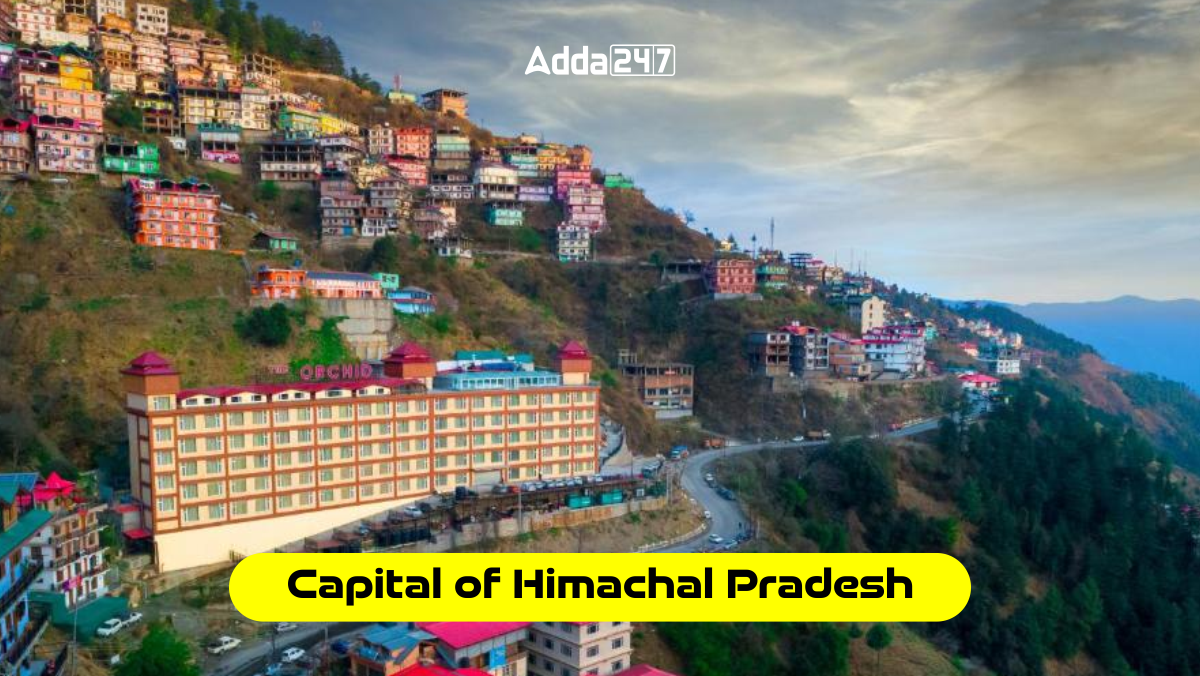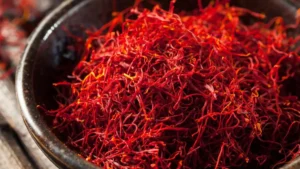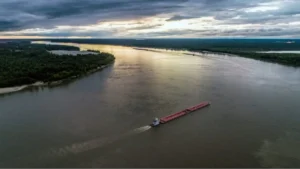Himachal Pradesh, situated as the northeastern state of India, stands as a realm of incomparable natural splendor, cultural opulence and thrilling adventure prospects. The state is distinguished by two capitals, Shimla and Dharamshala, each offering a distinctive fusion of historical importance and contemporary allure. This article aims to uncover the noteworthy features of Shimla and Dharamshala, the dual capitals of Himachal Pradesh.
Shimla- The Summer Capital of Himachal Pradesh
Shimla, often referred to as the ‘Queen of the Hills,’ is the quintessential summer capital of Himachal Pradesh. Its elevation of 2,276 meters (7,467 feet) above sea level offers a pleasant escape from the scorching summer heat experienced in other parts of the country. Shimla’s charming colonial architecture, lush greenery and cool climate make it a popular destination for both tourists and locals during the scorching summer months.
- Historical Significance: Shimla, the summer capital of Himachal Pradesh, derives its name from Goddess Shyamala, an incarnation of Goddess Kali. In 2018, a proposal to change the capital’s name to Shyamala was considered but eventually retained as Shimla due to public sentiment.
- Political Importance: Shimla has been the site of important of political agreements in India’s history, such as the Shimla Agreement of 1972 between Indian and Pakistan.
- Tourism and Education: Today, Shimla stands as a major center for tourism and education, attracting visitors with its colonial-era architecture, breathtaking landscapes and educational institutions.
| Other Important Articles | |
| States and Capitals of India | Capital of Goa |
| Capital of Arunachal Pradesh | Capital of Andhra Pradesh |
Dharamshala- The Winter Capital of Himachal Pradesh
Dharamshala, on the other hand, serves as the winter capital of Himachal Pradesh. It is renowned as the residence of the Dalai Lama and the Tibetan Government in exile. This change in capital was officially declared in 2017 by Chief Minister Virbhadra Singh. The idea behind this decision was to balance the development and accessibility of the state.
Administrative Headquarters: Dharamshala serves as the administrative headquarters of the Kangra district and was declared the winter capital of Himachal Pradesh in 2017.
Residence of Dalai Lama: Dharamshala is globally renowned as the residence of the 14th Dalai Lama. In 1960, the Central Tibetan Administration (CTA) was moved to Dharamshala, further enhancing its importance.
An Overview of Himachal Pradesh

- Geographical Location: Himachal Pradesh is known as “Dev Bhoomi,” translating to the “Land of God.” It is the northernmost state of India and shares borders with Uttar Pradesh, Ladakh, J&K, Haryana, Punjab and Uttarakhand.
- Rural Population: Approximately 90% of Himachal Pradesh’s population resides in rural areas, contributing to the state’s unique blend of tradition and modernity.
- Economy: The state’s economy relies on various sectors, including tourism, hydropower, horticulture and agriculture. Large hydropower plants generate surplus electricity, which is sold to other states like West Bengal, Punjab and Delhi.
- Natural Beauty: Himachal Pradesh’s pristine landscapes and major hill stations like Shimla, Kullu, Manali, Dharamshala, Chamba and Dalhousie make it a preferred destination for nature lovers.
Find More General Studies News Here




 Which City is known as the Christmas Cap...
Which City is known as the Christmas Cap...
 Do You Know Which Spice is Known as the ...
Do You Know Which Spice is Known as the ...
 Which River is Known as the Old Man Rive...
Which River is Known as the Old Man Rive...







